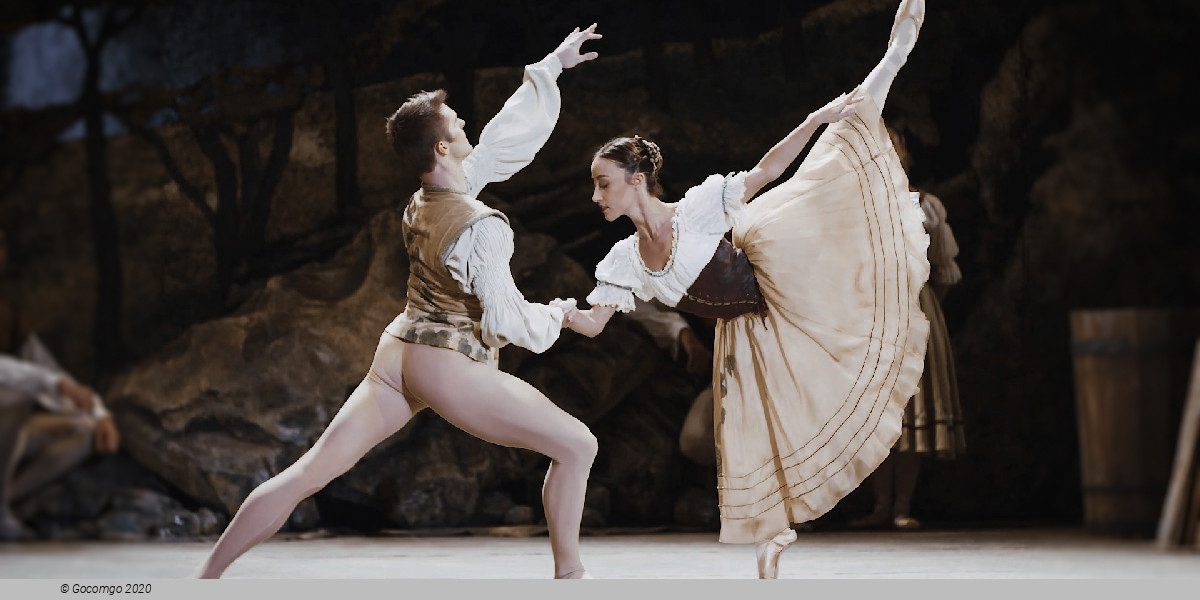Sadler's Wells Theatre (London, Great Britain)
Sadler's Wells Theatre

Sadler's Wells Theatre is a performing arts venue in Clerkenwell, London, England located on Rosebery Avenue. The present-day theatre is the sixth on the site since 1683. It consists of two performance spaces: a 1,500 seat main auditorium and the Lilian Baylis Studio, with extensive rehearsal rooms and technical facilities also housed within the site. Sadler's Wells is renowned as one of the world's leading dance venues.
As well as a stage for visiting companies, the theatre is also a producing house, with a number of associated artists and companies that produce original works for the theatre. Sadler's Wells is also responsible for the management of the Peacock Theatre in the West End, during times not used by the London School of Economics.
Richard Sadler opened a "Musick House" in 1683, the second public theatre newly opened in London after the Restoration, the first being the Theatre Royal, Drury Lane. The name Sadler's Wells originates from his name and the rediscovery of monastic springs, which previously served St John's Priory Clerkenwell, on his property. The iron rich water was thought to provide health benefits. As such, Sadler claimed that drinking the water from the wells would be effective against "dropsy, jaundice, scurvy, green sickness and other distempers to which females are liable – ulcers, fits of the mother, virgin's fever and hypochondriacal distemper."
In 1698 Thomas Guidott, a doctor of physick who popularised the waters of Bath, wrote what he called "A true and exact account of Sadlers Well, or, The new mineral-waters lately found out at Islington treating of its nature and virtues: together with an enumeration of the chiefest diseases which it is good for, and against which it may be used, and the manner and order of taking of it." In modern times the theatre continued to serve the chalybeate water and use it for air conditioning.
This brought the health-giving properties of the mineral waters to national attention and an aristocratic clientele was soon attracted from round the country. Thus, this still quite rural location became famous for both water and for music, but as more wells were dug and the exclusiveness of Sadler's Wells declined, so did the quality of the entertainment provided – along with the quality of the clientele who were described as "vermin trained up to the gallows" by a contemporary, while, by 1711, Sadler's Wells was characterized as "a nursery of debauchery."
By the mid-18th century, the existence of two "Theatres Royal" – in Covent Garden and Drury Lane – severely limited the ability of other London theatres to perform any drama combined with music, and Sadler's Wells continued its downward spiral.


